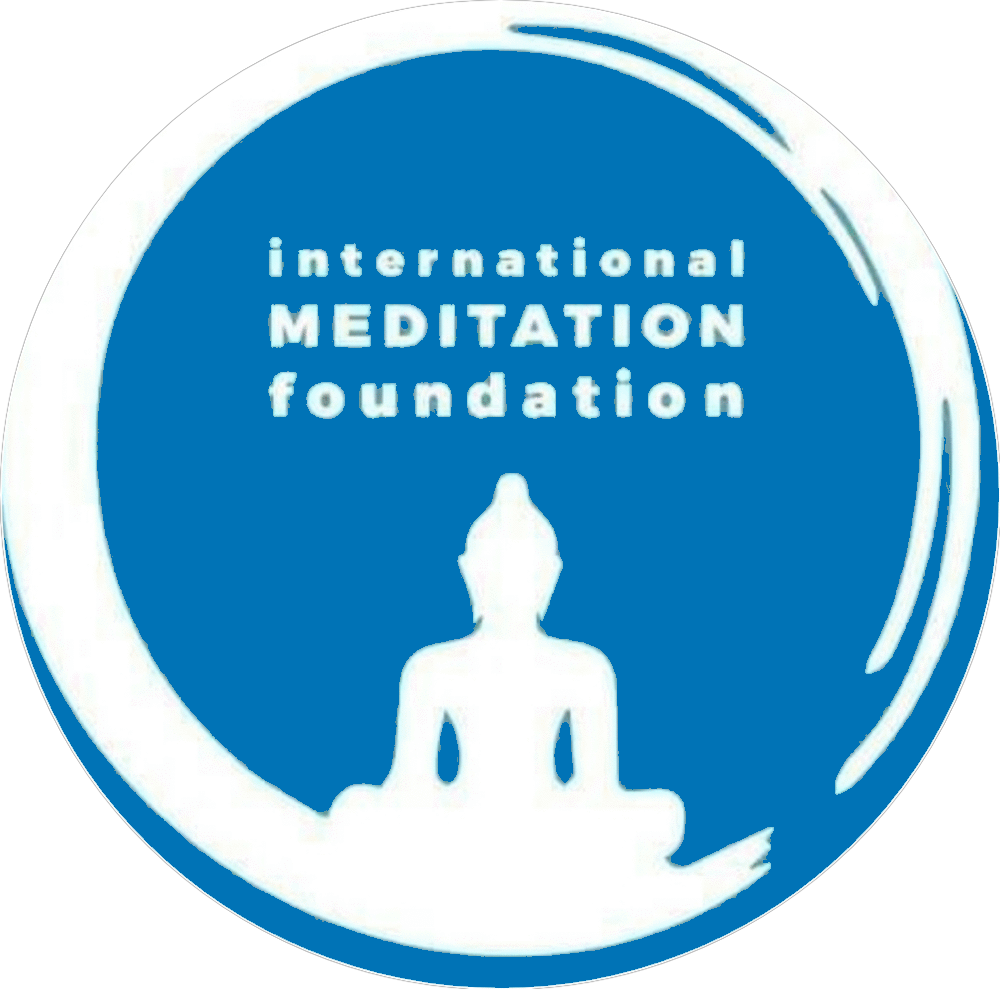Arjuna stood on the battlefield of Kurukshetra, prepared for the fight of his life. Yet, as he looked across the battlefield, he was overwhelmed with sorrow. The sight of his relatives, teachers, and friends—people he had known and loved—filled him with grief. His heart ached, and his mind was consumed by inner turmoil. Despite being a warrior trained for battle, he could not bear the thought of killing those dear to him. Among the warriors, Duryodhan was also present, as were Yudhishthir, Dronacharya, and many others. They, too, were surrounded by their own kin, yet none of them seemed to share Arjuna’s sorrow. Why, then, did only Arjuna feel this deep sadness?
This is a crucial question. Duryodhan and the other warriors were also filled with attachment and violence, yet they did not feel the same sadness that paralyzed Arjuna. The reason lies in the nature of their attachments and violence. Violence can be blind and thoughtless, just as attachment can be blind and thoughtless. But violence can also have eyes—it can be thoughtful. Similarly, attachment can have eyes and be thoughtful.
Arjuna’s dilemma was that he was not thoughtless. He was burdened with thoughts, and those thoughts placed him in a profound dilemma. Duryodhan, on the other hand, though he could see the same reality, was blinded by his violent nature. He could not see beyond his desire for power and revenge, and this blindness kept him from realizing that the very people he sought to destroy were essential to his sense of purpose. Duryodhan’s violence was blind, whereas Arjuna’s was not. This is what made Arjuna unique on that battlefield.
Arjuna’s life preparation was the same as Duryodhan’s—they were both raised as warriors, trained to fight—but Arjuna’s mind was different. He had doubts, questions, and a deep sense of curiosity. His thoughts led him to question the morality of the war, the meaning of life, and the purpose of his actions. The biggest questions in life do not concern the external world—such as who created the world or whether God exists—but arise from the internal conflicts and dualities within one’s mind. To recognize these conflicts, one must be thoughtful, contemplative, and meditative.
Arjuna’s ability to think deeply allowed him to see that the violence he was about to commit would destroy the very people for whom that violence might have meaning. This clarity of vision was both his suffering and his good fortune. His suffering came from the fact that he was not blind, unlike Duryodhan. For Duryodhan, war was a pleasure, but for Arjuna, it became a source of deep conflict.
Arjuna’s struggle was not just a personal one; it symbolized the human condition. As Nietzsche once said, man is like a bridge—a tension—between two different states of existence. Man can either regress to an animalistic state, finding temporary happiness, or aspire to a divine state, achieving bliss. However, as long as man remains in the middle, he cannot find true peace or happiness. This tension between the animal and the divine is what defines the human experience.
Throughout our lives, we oscillate between these two extremes—sometimes descending into anger and animalistic instincts, and at other times, reaching towards peace and divine understanding. Arjuna’s consciousness represented this eternal struggle. He stood at the crossroads, torn between the paths of Duryodhan and Krishna.
Duryodhan was carefree because he was blind to the consequences of his actions, while Arjuna was restless and troubled, caught in the tension between his humanity and his potential divinity. Those who are like Duryodhan are often successful in the world, but those like Arjuna are restless seekers, unable to find peace in the worldly pursuits.
Arjuna’s questioning, his curiosity, and his dissatisfaction were signs of his inner struggle to transcend his animalistic nature and move towards the divine. This struggle is the essence of the human condition. Those who have no questions, no doubts, no curiosity, and no discontent remain stuck in their animalistic state, like Duryodhan, and are carefree. But those who aspire to something greater, like Arjuna, experience the tension and anxiety that comes with the journey towards God.
In essence, Arjuna is a symbol of man, Duryodhan a symbol of the animal, and Krishna a symbol of God. The battlefield of Kurukshetra represents the battlefield of the human mind, where the struggle between these three forces plays out. Arjuna’s tension, his questions, and his suffering are what make him human and what give him the potential to achieve something greater than himself.
